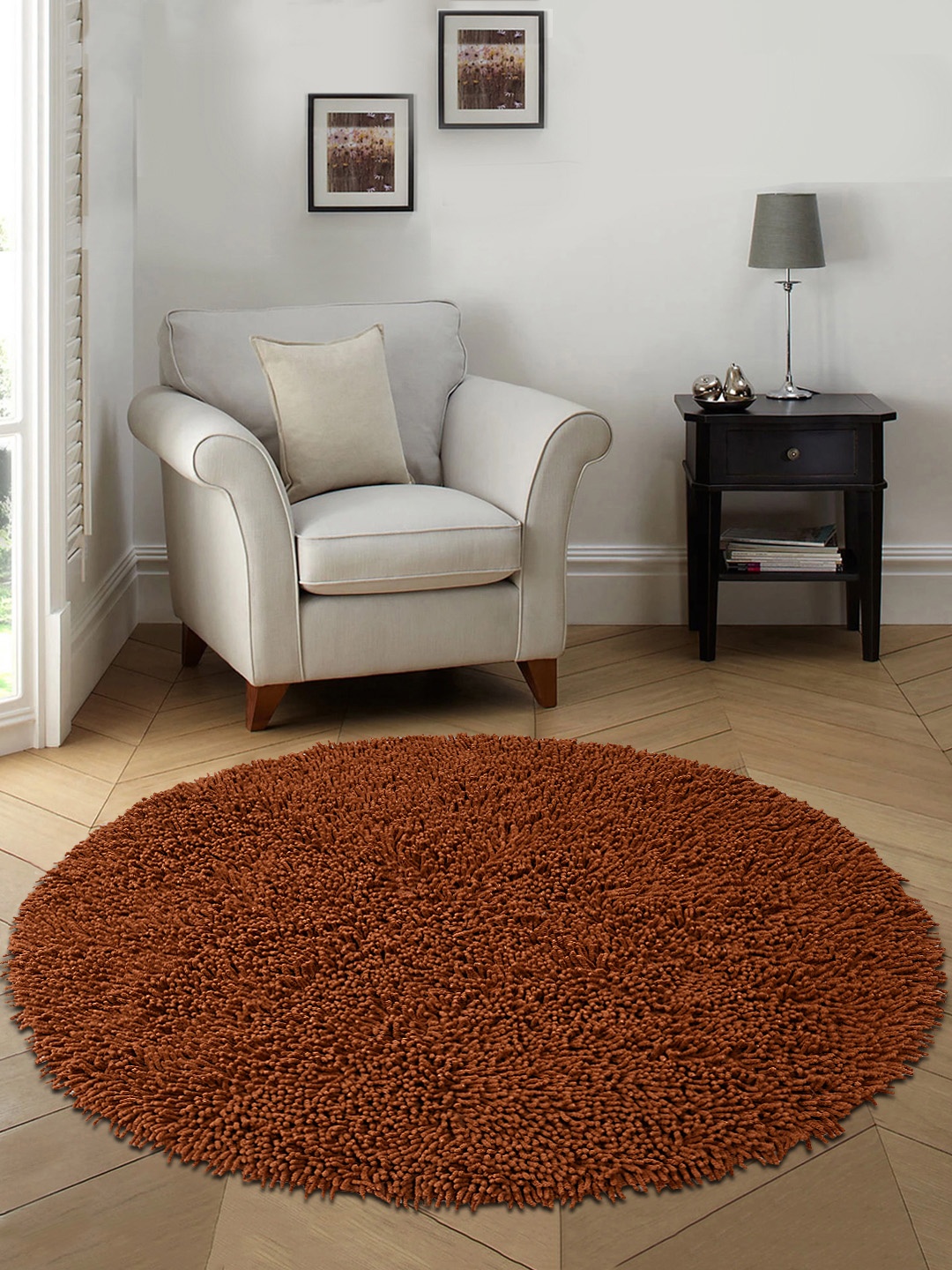How To Choose The Right Bedsheet Thread Count For Summer, Winter And Monsoon
Bedsheets are more than just fabric; they define comfort, influence sleep quality and reflect one’s sense of home. Choosing the right bedsheet thread count based on the weather isn’t just about luxury; it’s about smarter, more restful living.

How to pick bedsheet thread counts based on weather: Choose low counts for heat, high for warmth.
There's something deeply comforting about curling up on a freshly made bed. The gentle crispness of the sheet, the subtle scent of fabric softener, and that cool touch against tired skin, it's bliss. But ever noticed how the same bedsheet that feels perfect in winter suddenly feels heavy and sticky when the temperature rises?
That's where thread count comes in. Often misunderstood as a symbol of quality alone, thread count, the number of threads woven into one square inch of fabric, plays a huge role in how a bedsheet feels. It's not about picking the highest number; it's about picking the right one. Whether you live in a humid coastal town or a cool hill station, choosing the right bedsheet thread count can transform your sleep experience.
Here's how to choose the right bedsheet thread count for summer, winter, and monsoon. Our weather-wise guide will make you pick the perfect sheets for year-round comfort.

How To Pick Bedsheet Thread Counts Based On Weather
Photo Credit: Pexels
Best Bedsheet Thread Counts for Every Season: A Complete Weather-Wise Guide
1. Understanding Thread Count: Beyond The Numbers
Thread count often sounds like a measure of luxury, the higher, the better. But that's only half the story. A thread count refers to how many threads, both vertical and horizontal, are woven into one square inch of fabric. For instance, a 400-thread count sheet means there are 400 threads interlaced per inch.
But higher doesn't always mean softer or better. Above a certain point, often around 600, manufacturers may use thinner threads or double-ply yarns just to inflate the numbers. This can make the sheet less breathable, especially in warm climates.
Think of thread count like spices in a dish, too few and it's bland, too many and it's overwhelming. The ideal count depends on the material and, of course, the weather. Understanding this is the first step towards blissful, weather-appropriate sleep.
2. Cotton: The All-Season Hero
When it comes to bedding, cotton remains a timeless favourite. It's soft, breathable, and feels like home. But not all cotton sheets are created equal. Long-staple cotton varieties like Egyptian or Pima cotton tend to offer a smoother, more durable finish.
For most climates, a 300–400 thread count cotton bedsheet strikes the perfect balance, light enough for summer, cosy enough for mild winters. It breathes well, wicks away moisture, and gets softer with every wash.
Cotton is like that loyal friend who never lets you down, versatile, dependable, and adaptable. Whether you're dealing with a dry northern chill or the sticky humidity of the coast, pure cotton bedsheets make life a little more comfortable. Just make sure to wash them in cold water and dry them in the shade to maintain that soft, lived-in feel.
Also Read: Top 5 Affordable Bedsheets For Humid Weather: Comfort Guaranteed
3. Thread Counts For Hot Summers
When the temperature soars past 35°C, sleep can turn into a sticky ordeal. High thread count sheets, though luxurious, trap heat and make things worse. For summer, it's best to go for something lighter, around 200 to 300 thread count.
These sheets feel airy and allow better air circulation, preventing that sweaty discomfort at night. Percale weave cotton sheets work wonders in summer; they have a crisp, cool touch that feels refreshing against the skin.
A good rule of thumb: the lower the thread count (without compromising quality), the cooler the sheet. Pair that with pastel shades like mint, lavender, or sky blue, colours that don't just look soothing but psychologically help you feel cooler. Add a ceiling fan's gentle breeze, and you've got the recipe for restful summer nights.
4. Thread Counts For Chilly Winters
When the air turns nippy, you want your bed to feel like a warm hug. This is when higher thread count sheets, around 400 to 600, shine. They trap warmth without feeling stifling and lend a smooth, cosy finish to your bed.
Flannel or sateen weave sheets are excellent choices for colder months. Sateen, with its silky sheen, has a tighter weave that feels luxuriously warm. Imagine curling up with a book, wrapped in soft sheets, as the aroma of masala chai wafts in the air, pure comfort.
Pro tip: Layering helps too. Combine a medium-thread count sheet with a light quilt or duvet. It lets you adjust warmth as needed and keeps your sleep environment balanced even if the night turns unexpectedly warm.
5. Humid Climates: Keeping It Cool And Breathable
Humidity is the real enemy of comfort. In such weather, even a slight rise in body temperature can make the bed feel sticky. The trick lies in choosing natural, breathable materials like cotton or linen with a thread count between 200 and 350.
These sheets allow air to flow freely and absorb sweat without clinging to the skin. Linen, in particular, has a slightly coarse texture at first but softens beautifully over time. It also dries quickly, a blessing during monsoon months when bedsheets can take forever to dry.
Avoid synthetic blends at all costs; they trap heat and moisture, leaving you restless. A well-ventilated room, a breathable bedsheet, and a thin cotton blanket can make even humid nights bearable.
6. Dry And Cool Regions: Balance Warmth And Breathability
If you live in a place where evenings get cold but days are warm, finding the right balance becomes key. A medium thread count, around 350 to 450, works best here. It offers just enough density to feel comforting at night while remaining breathable during the day.
Opt for a sateen weave cotton or a cotton-bamboo blend for that touch of warmth without heaviness. Bamboo fabric, though a newer trend, adapts well to body temperature and feels naturally smooth. It's like sleeping under a gentle cloud, soft yet substantial.
Keep a lightweight throw handy for those surprise temperature drops at night. Comfort, after all, is about flexibility as much as it is about fabric.
7. Monsoon Months: The Dampness Dilemma
Ah, the monsoon, the season of petrichor, steaming pakoras, and damp bedsheets. Moisture hangs heavy in the air, making fabrics take longer to dry and smell musty. During these months, a 200–300 thread count sheet made of breathable cotton or bamboo is ideal.
These fabrics resist moisture build-up and dry faster even indoors. Linen works beautifully too, as it naturally repels mould and stays fresh longer. Avoid high-thread-count sheets, they absorb moisture and take forever to dry, often leading to that unpleasant musty smell.
Here's a tip: sprinkle a few drops of eucalyptus or lavender essential oil during washing. Not only will your sheets smell divine, but they'll also feel a touch fresher during those gloomy, rainy weeks.
8. The Material Matters As Much As Thread Count
Thread count often steals the spotlight, but material quality plays an equally vital role. A 300-thread count sheet of premium long-staple cotton can feel far superior to a 600-thread count of cheaper blended fabric.
For everyday use, look for sheets made of pure cotton, bamboo, or linen. Bamboo, in particular, deserves attention, it's eco-friendly, hypoallergenic, and silky to the touch. It adjusts beautifully to temperature changes, keeping you cool in summer and snug in winter.
So, when choosing a bedsheet, don't just glance at the numbers on the label. Feel the fabric, hold it against your skin, and trust that first impression. The right material will speak for itself, soft, airy, and perfectly suited for your climate.
9. Colour And Weave: The Unsung Heroes
Colour and weave may seem like aesthetic choices, but they influence comfort too. Light-coloured sheets reflect heat, making them perfect for warm weather, while deeper tones retain warmth in cooler months.
As for weave, percale is crisp and cool, ideal for summer. Sateen, on the other hand, feels smooth and slightly warmer, great for winter. Think of percale as your linen shirt and sateen as your silk kurta, both stylish, but meant for different moods.
A little play with patterns can also uplift the room. Floral prints, pastel stripes, or minimal geometric designs add freshness. Just ensure dyes are safe and colour-fast, so they don't fade after a few washes.
10. Care And Maintenance: Making Sheets Last Longer
Even the best bedsheets lose their charm without proper care. Always wash new sheets before first use, it removes manufacturing residue and softens the fibres. Use mild detergent and avoid overloading the washing machine; your sheets need room to move freely.
Dry them in shade rather than under direct sunlight to preserve colour and texture. Ironing lightly keeps them crisp, though many prefer the natural, relaxed look. Rotate your sheets weekly to distribute wear evenly, a small habit that extends their life.
Good maintenance also helps retain that perfect thread count feel. After all, a 400-thread sheet feels luxurious only as long as the fibres remain intact. Treat them gently, and they'll return the favour every single night.

How To Pick Bedsheet Thread Counts Based On Weather
Photo Credit: Pexels
Products Related To This Article
1. Blue Dahlia Cotton Flat Bedsheet for Double Bed 300TC
2. Story@Home King Size Bedsheet
3. DECOMIZER XXL Microfiber Soft Cotton Super King Size Bedsheet for Double Bed
4. BLOCKS OF INDIA Hand Block Floral Printed 200 TC Cotton King Size Bedsheet
5. DECOMIZER 240 TC Microfiber Soft Cotton Printed Single Bed Bedsheet for Diwan Bed
6. LOOMLYFE 300 TC Cotton Feel Glace Cotton Elastic Fitted Printed King Size Double Bed Bedsheet
7. Home Sizzler 144 TC Microfibre Kid's Giraffe Double Bedsheet with 2 King Size Pillow Covers
Choosing the right bedsheet thread count based on the weather isn't a luxury; it's a mindful step toward better rest. Every season has its rhythm, and your bedding should flow with it.
A lighter percale weave for summer, a snug sateen for winter, a breathable linen for monsoon, each one brings comfort that matches the mood of the season. Beyond numbers and materials, it's about how your bed makes you feel when you lie down at the end of a long day.
After all, good sleep isn't just about shutting your eyes; it's about wrapping yourself in comfort that feels just right, the perfect balance between cool and cosy, crisp and soft, restful and refreshing.
So next time you shop for bedsheets, don't just reach for the highest thread count. Let the weather guide you, trust your senses, and build your little corner of peace, one thoughtful sheet at a time.
Disclaimer: The images used in this article are for illustration purpose only. They may not be an exact representation of the products, categories and brands listed in this article.











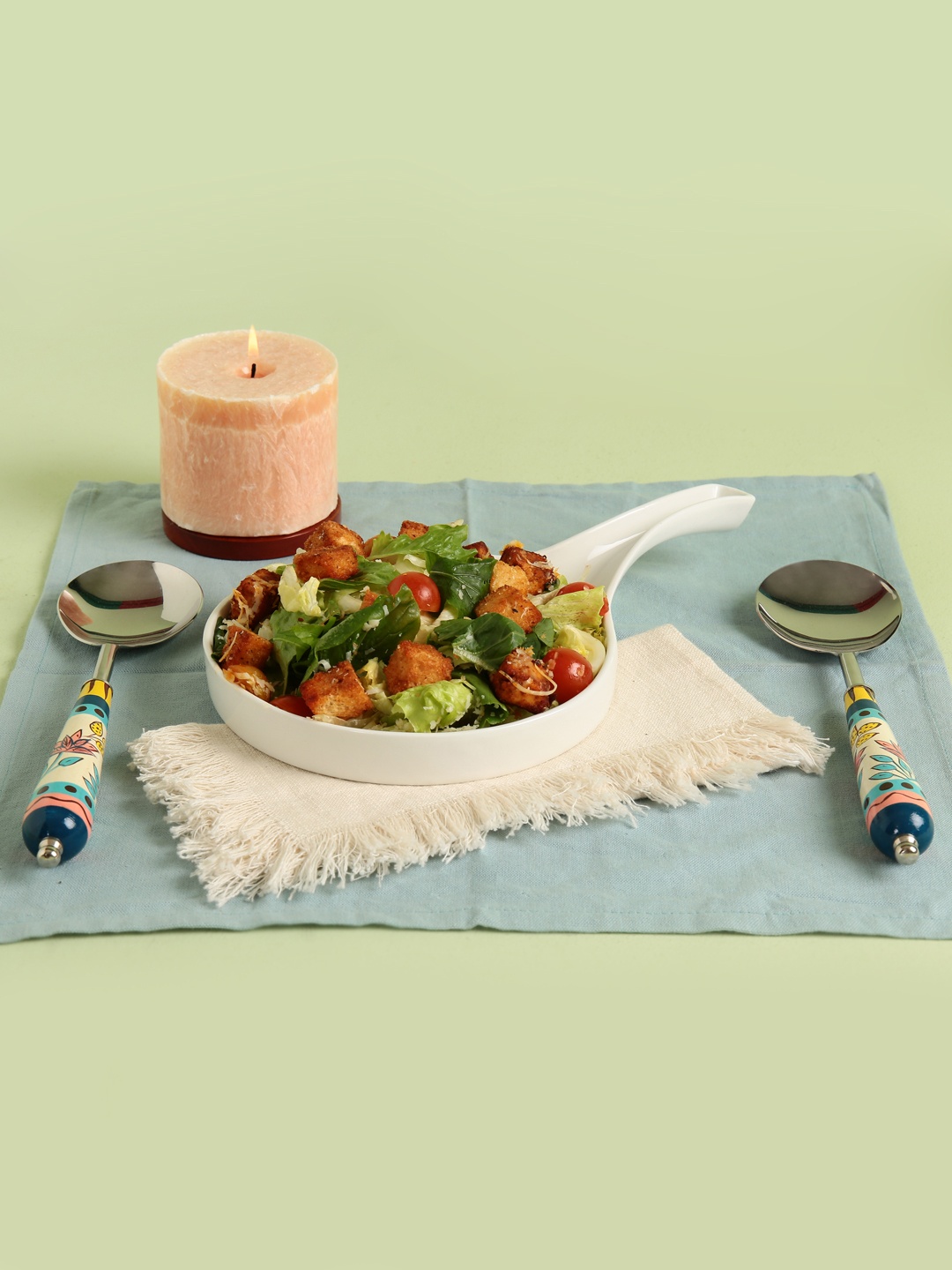


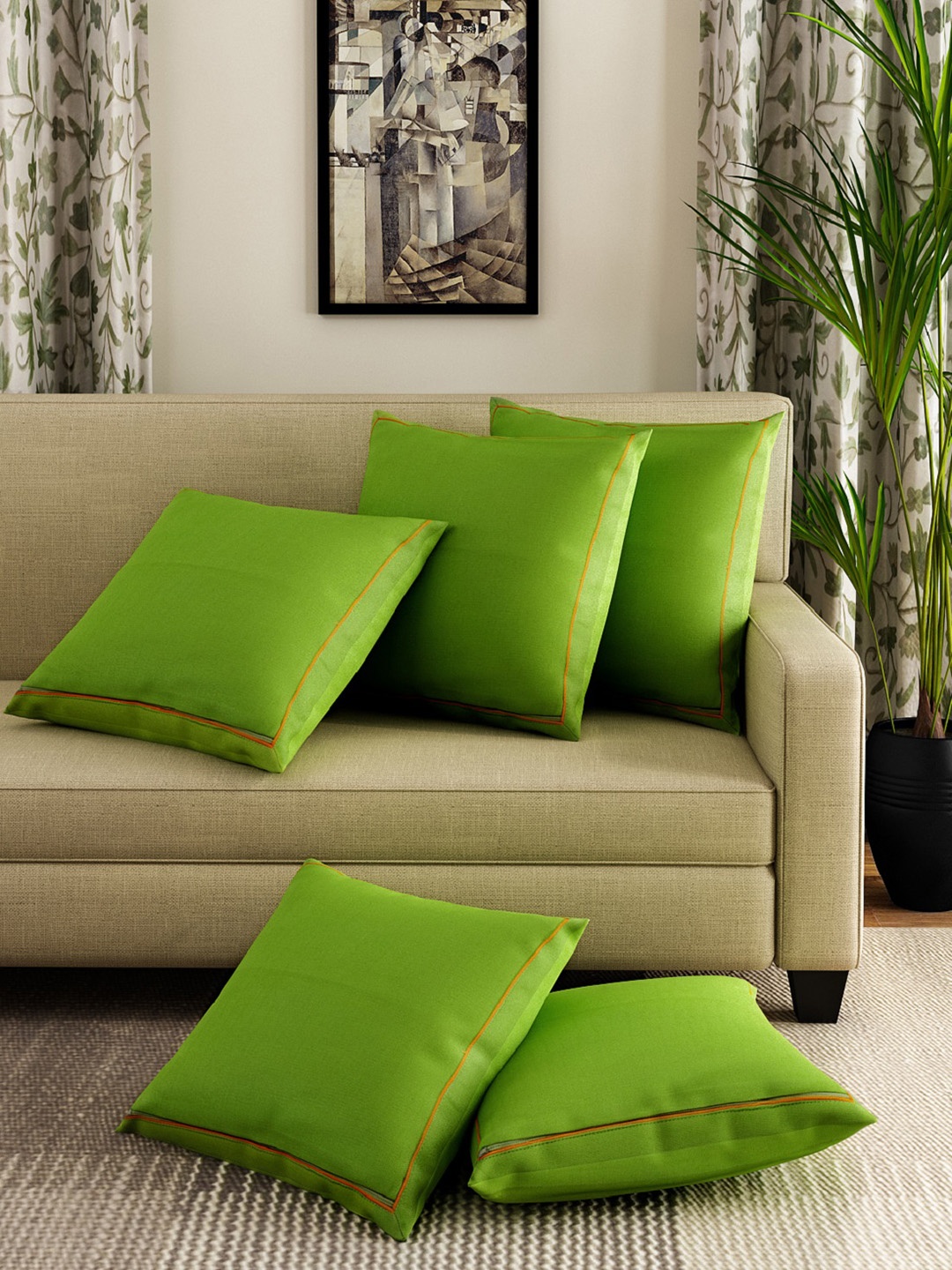


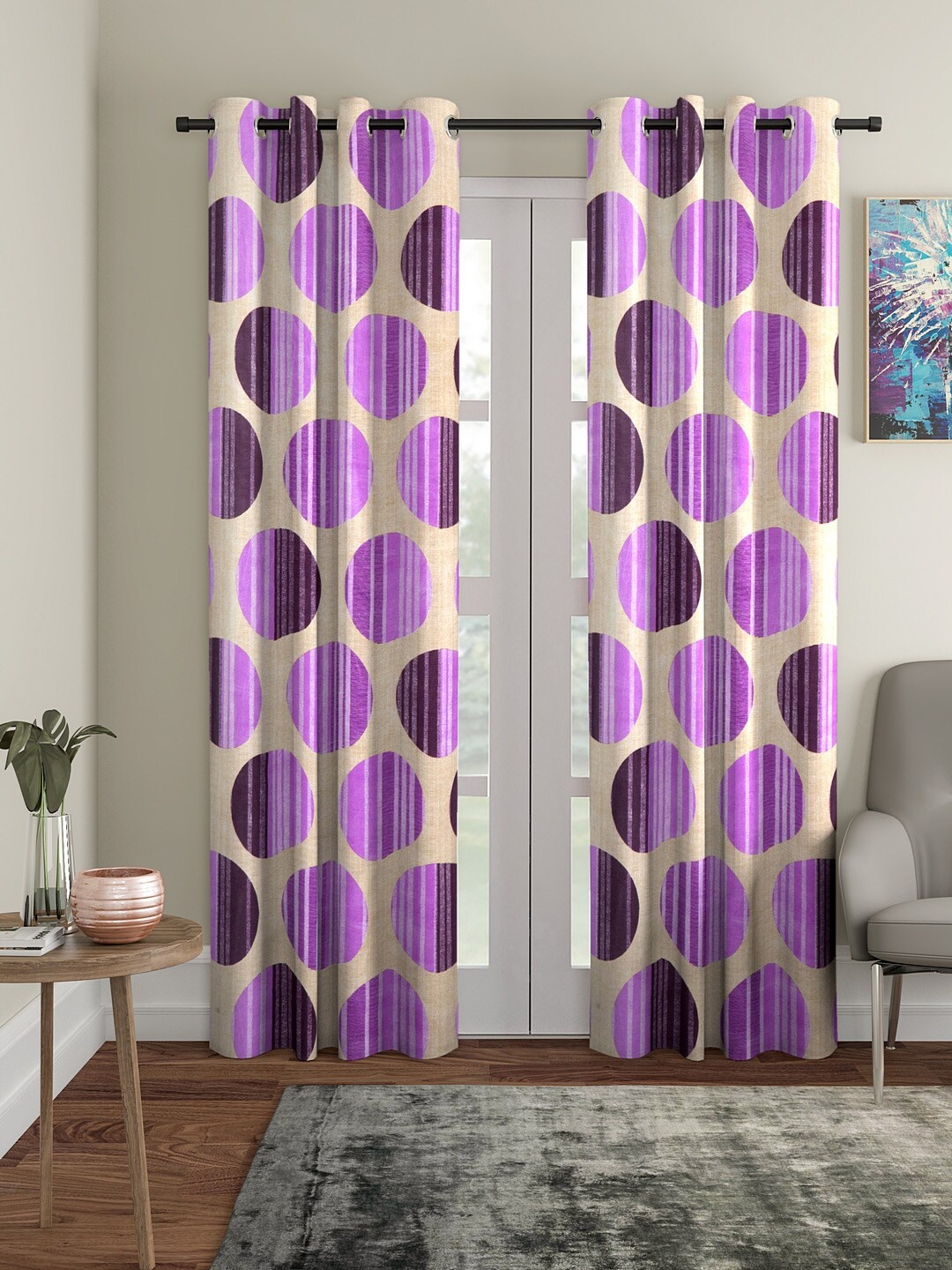
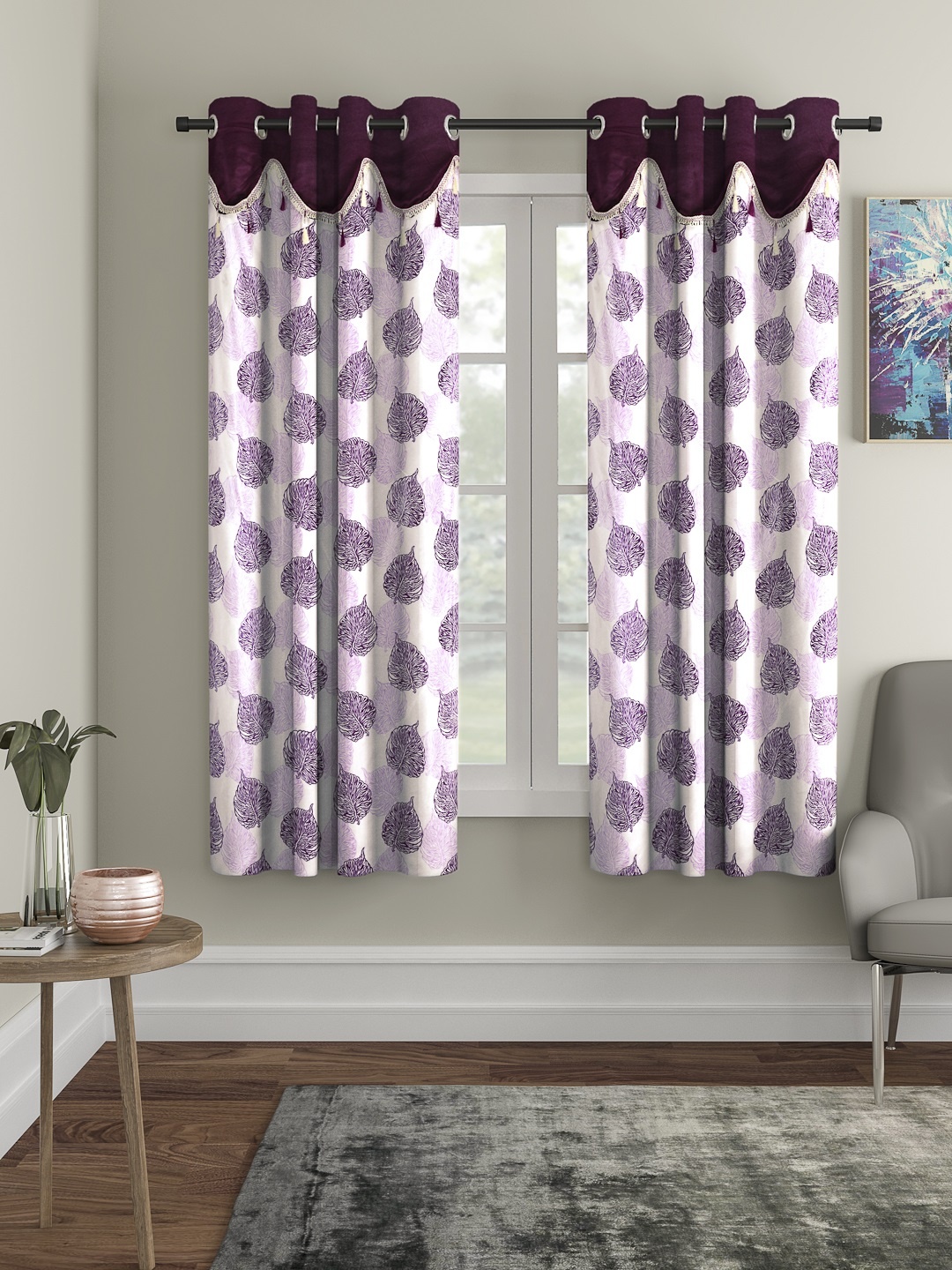
![Steam Iron Teflon Shoe Cover for ES-300,ST-96 [Only For ES-300 and ST-96 Model Electric Steam Irons]](https://m.media-amazon.com/images/I/51wwkttondL._SL160_.jpg)
